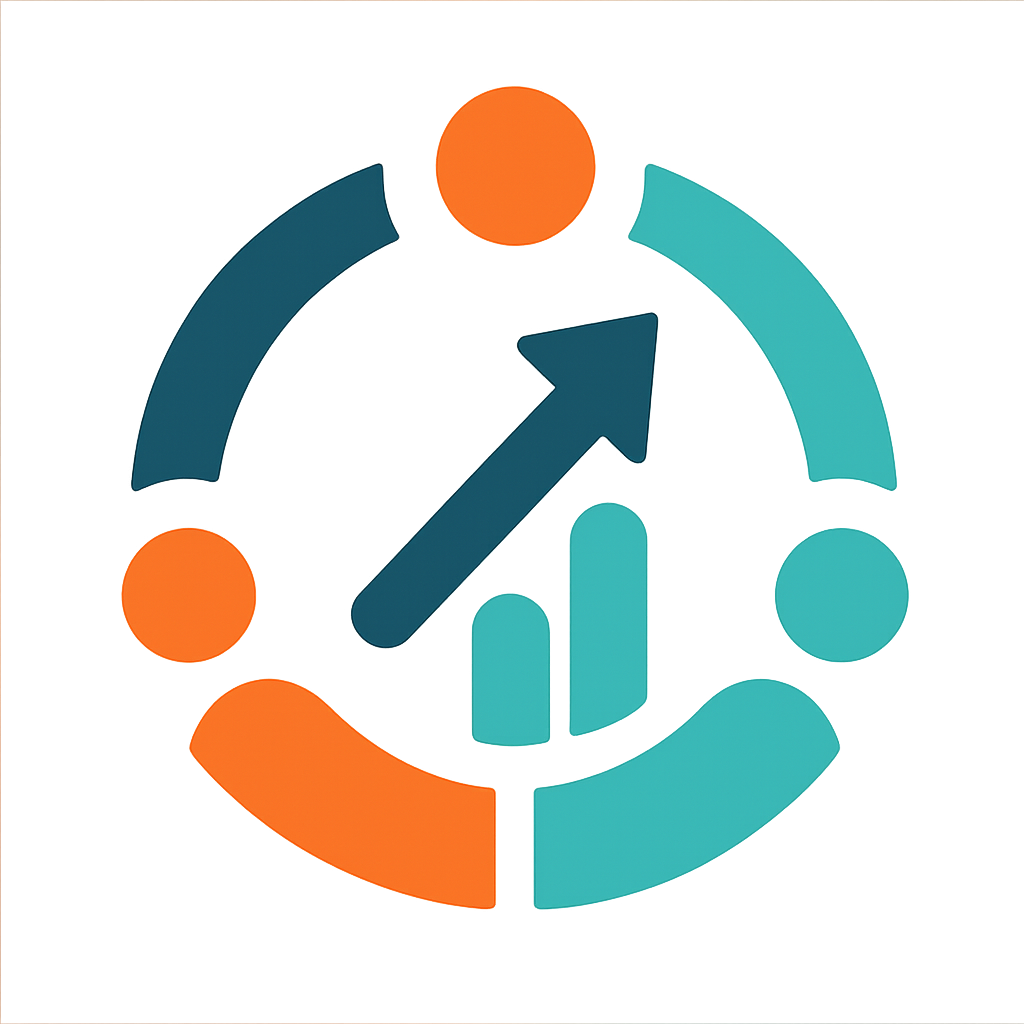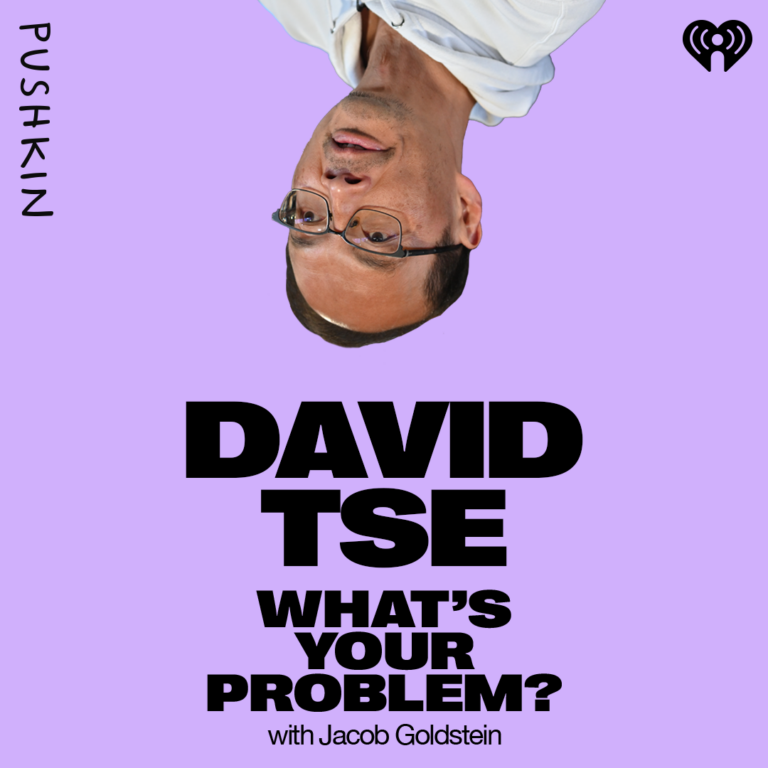Claude Shannon is a major figure in the history of technology. Known as the father of information theory, Shannon spent decades at Bell Labs and MIT. But what exactly did Claude Shannon figure out, and why is it so important?
To answer that question, Jacob talked with David Tse, a professor of electrical engineering at Stanford who studied under one of Shannon’s students, and who teaches Shannon to his own students today. David used Shannon’s work to make a breakthrough in wireless communication that underpins every phone call we make today.
See omnystudio.com/listener for privacy information.


